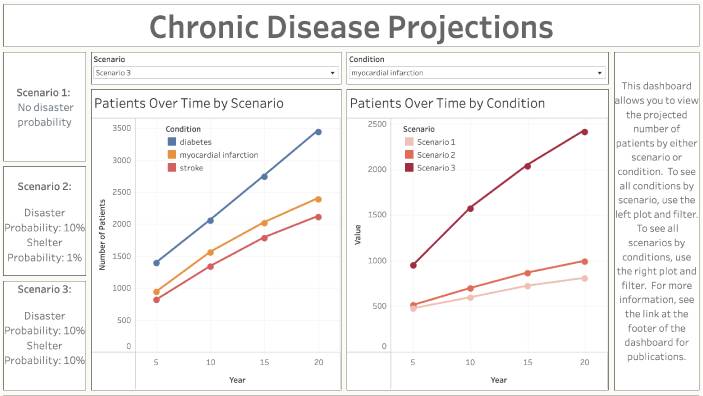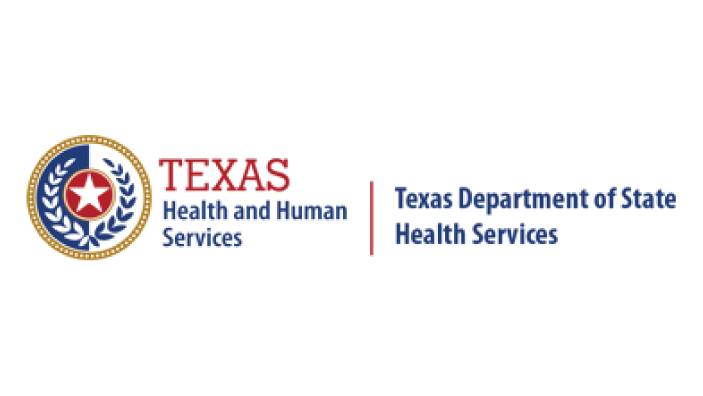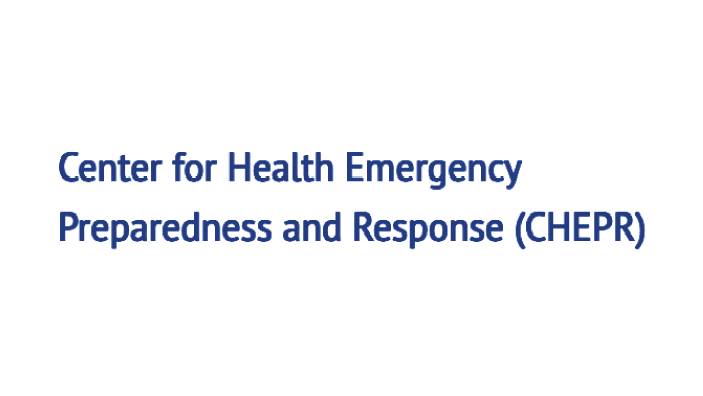Forecasting Solutions for Public Health Preparedness
ABOUT THE PROJECT

Sponsor:
THRC's Community Health and Economic Resilience Research (CHERR) Center of Excellence
PI:
Dr. Eduardo Perez
Research Pillar(s):
This project uses simulation models and decision theory analysis to identify, evaluate, and recommend resource allocation, interventions, and policies that enhance public health preparedness after a natural disaster.
Using an agent-based model, the study examined the impacts of a hurricane event on populations with cardiovascular disease, testing the effectiveness of key interventions to ensure continuity of care for displaced individuals and forecasting the long-term health outcomes resulting from different scenarios.
Findings from this research offer key insights to improve health service delivery during disaster events and improve data-driven decision making for critical health+resilience challenges.
Researchers & Collaborators

Dana Birnberg
Collaborator
Director, Preparedness Management Unit CHEPR

Jeff W. Hoogheem
Collaborator
Director, Center for Health Emergency Preparedness and Response (CHEPR)

Dr. Yan Li
Collaborator
Associate Professor, Population Health Science and Policy, Mount Sinai NY

Dr. José Pagán
Collaborator
Chair and Professor, Public Health Policy and Management, New York University

Michelle Petraitis
Collaborator
MPH Director of Response and Recovery Unit CHEPR
PARTNERS


INTERACTIVE DATA MODEL
Decision-making tool to inform planning for future natural disasters.
PUBLICATION
Providing Continuity of Care for Chronic Diseases After Natural Disasters: A Resource Allocation Model for Public Health Preparedness in Texas
Author: Dr. Eduardo Perez
Two key strategies emerged to reduce the impact of disasters on patients with CVD:
- Encourage providers and insurers to assist patients with personal preparedness plans.
- Improve information-sharing platforms to ensure access to health records for displaced patients.







